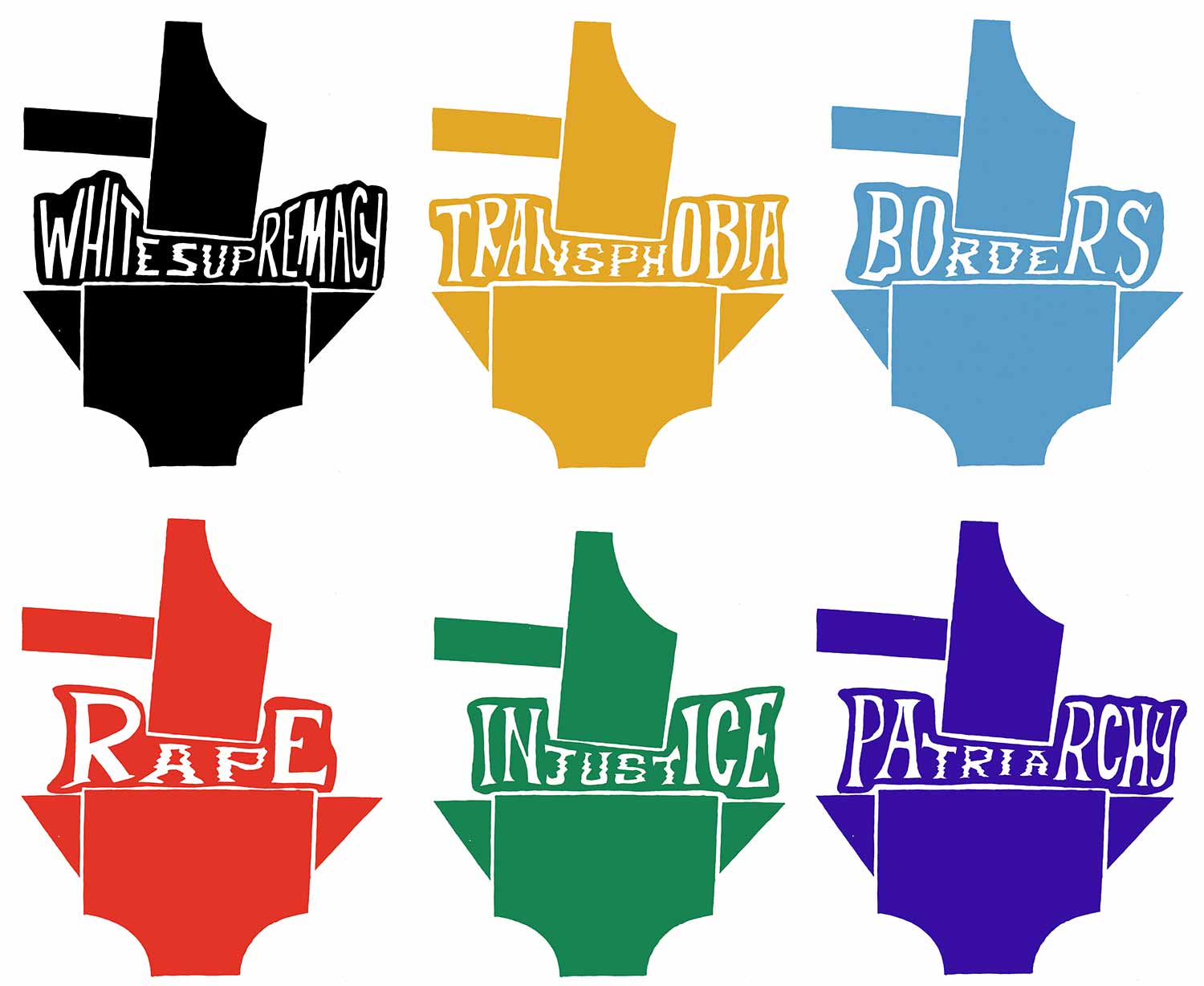5: Feminisms
- Page ID
- 138167
\( \newcommand{\vecs}[1]{\overset { \scriptstyle \rightharpoonup} {\mathbf{#1}} } \) \( \newcommand{\vecd}[1]{\overset{-\!-\!\rightharpoonup}{\vphantom{a}\smash {#1}}} \)\(\newcommand{\id}{\mathrm{id}}\) \( \newcommand{\Span}{\mathrm{span}}\) \( \newcommand{\kernel}{\mathrm{null}\,}\) \( \newcommand{\range}{\mathrm{range}\,}\) \( \newcommand{\RealPart}{\mathrm{Re}}\) \( \newcommand{\ImaginaryPart}{\mathrm{Im}}\) \( \newcommand{\Argument}{\mathrm{Arg}}\) \( \newcommand{\norm}[1]{\| #1 \|}\) \( \newcommand{\inner}[2]{\langle #1, #2 \rangle}\) \( \newcommand{\Span}{\mathrm{span}}\) \(\newcommand{\id}{\mathrm{id}}\) \( \newcommand{\Span}{\mathrm{span}}\) \( \newcommand{\kernel}{\mathrm{null}\,}\) \( \newcommand{\range}{\mathrm{range}\,}\) \( \newcommand{\RealPart}{\mathrm{Re}}\) \( \newcommand{\ImaginaryPart}{\mathrm{Im}}\) \( \newcommand{\Argument}{\mathrm{Arg}}\) \( \newcommand{\norm}[1]{\| #1 \|}\) \( \newcommand{\inner}[2]{\langle #1, #2 \rangle}\) \( \newcommand{\Span}{\mathrm{span}}\)\(\newcommand{\AA}{\unicode[.8,0]{x212B}}\)
Introduction

- 5.1: The Roots and Routes of Chicana/Latina Feminisms
- Section 5.1 considers the various ways that Chicana/Latina feminist activism, writing, and art have challenged patriarchy and repressive gender roles in their intimate relationships, within their organizations and movements, and in U.S. institutions. This section also underscores the tensions Chicana/Latina feminists faced in the Chicano and women’s liberation movements and the coalitions they developed with other U.S. Third World feminists.
- 5.2: Fighting for Economic Justice
- Chicanas and Latinas have an extensive history of working to improve the material conditions of their communities through their participation as both rank-and-file workers and leaders in the ongoing labor movement, illustrated by the Farah Manufacturing Strike in the 1970s. Another arena where Chicanas and Latinas were actively involved in economic justice efforts was the movement for welfare rights, as described in this section.
- 5.3: Reproductive Justice
- Section 5.3 examines women of color’s expansive standpoint on reproductive justice, accounting for the historical context for their local grassroots and formal national-level organizing.
- 5.4: Cultural Activism
- Chicana feminist artists and scholars have long-challenged gender oppression during and since the Chicano Renaissance of the 1970s. The focus of this section is the work of Chicana feminist artivists who have challenged the patriarchal ‘mujer buena/mujer mala’ dichotomy by reclaiming and redefining cultural archetypes that structure women’s and girl’s everyday lives.
- 5.5: Disrupting Sexism and Homophobia en La Familia
- Women’s participation in El Movimiento transformed their relationship to the family and to gendered expectations, providing a space to critique Chicano heterosexism and disrupt romanticized notions of la familia.
- 5.6: Activist Scholarship and Chicana and Latina Studies
- In this section, we explore stories of the trailblazing activist-scholars who fought to include a feminist and queer agenda within Chicano studies and establish the field of Chicana/Latina studies.


